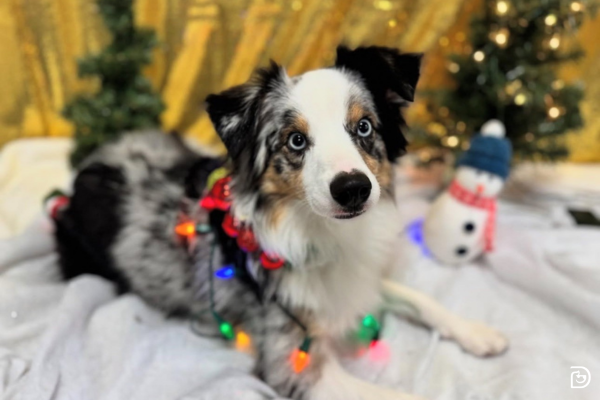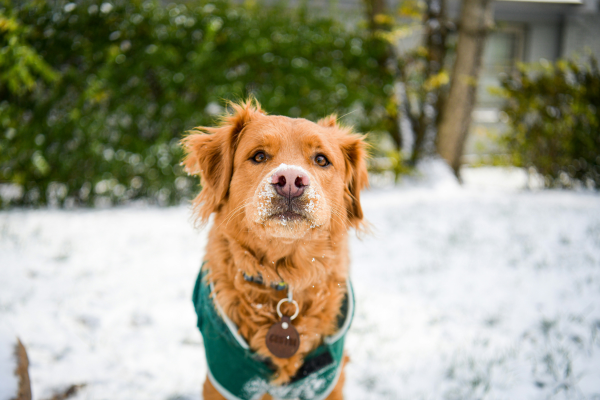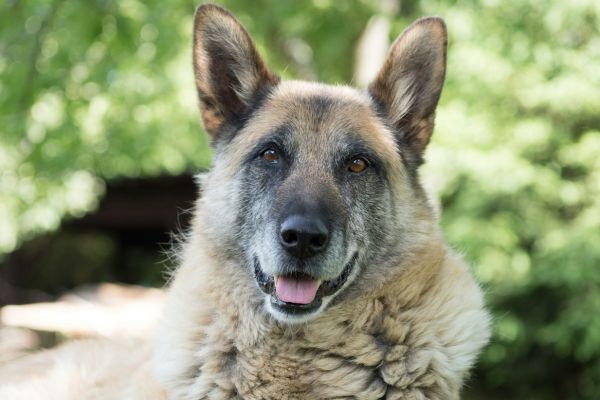First, we need to establish what dry eye is. Dry eye is an inflammatory condition of the eye, which is due to a deficiency in the production of the “watery” portion of the tear film. Symptoms include a red, irritated-looking eye, which can include eye pain or irritation. This can present itself with the dog rubbing his face on objects, the floor or pawing at his face, which can also lead to periocular dermatitis. The dog also may squint his eyes frequently and you may see the appearance of “eye boogers” in the corner of their eyes.
Certain breeds are predisposed to this condition including English bulldogs, Westies, Lhasa Apsos, Pugs, Cocker Spaniels, Pekingese, Yorkshire Terriers, Shih Tzu, Schnauzers, Boston Terriers, Dachshunds, Chihuahuas, German Shepherds and Doberman Pinschers. That said, any dog can develop dry eye.
Dogs with dry eyes will have a mucoid or mucopurulent discharge that is thick and whitish grey to yellow in color. The cornea of the eye will have a dull appearance instead of a nice, shiny reflective quality. Often dogs with a “cherry eye” will have or develop dry eye. Dogs who have had dry eye for a prolonged period of time may have signs of chronic corneal inflammation. Unmanaged cases can lead to vision impairment.
Dry eye can often be well managed with daily medication. In the vast majority of cases of dry eye, the medical management will be lifelong. If you suspect dry eye, visit your veterinarian. If you have a breed of dog that is predisposed to dry eye, discuss with your veterinarian what to look for and any medications to avoid or underlying disease (hypothyroid, Cushing’s, degenerative myelopathy) that can worsen the dry eye.
But don’t worry, dry eye is a fairly common condition in dogs and can be very uncomfortable for our canine companions, but can be very well managed.






